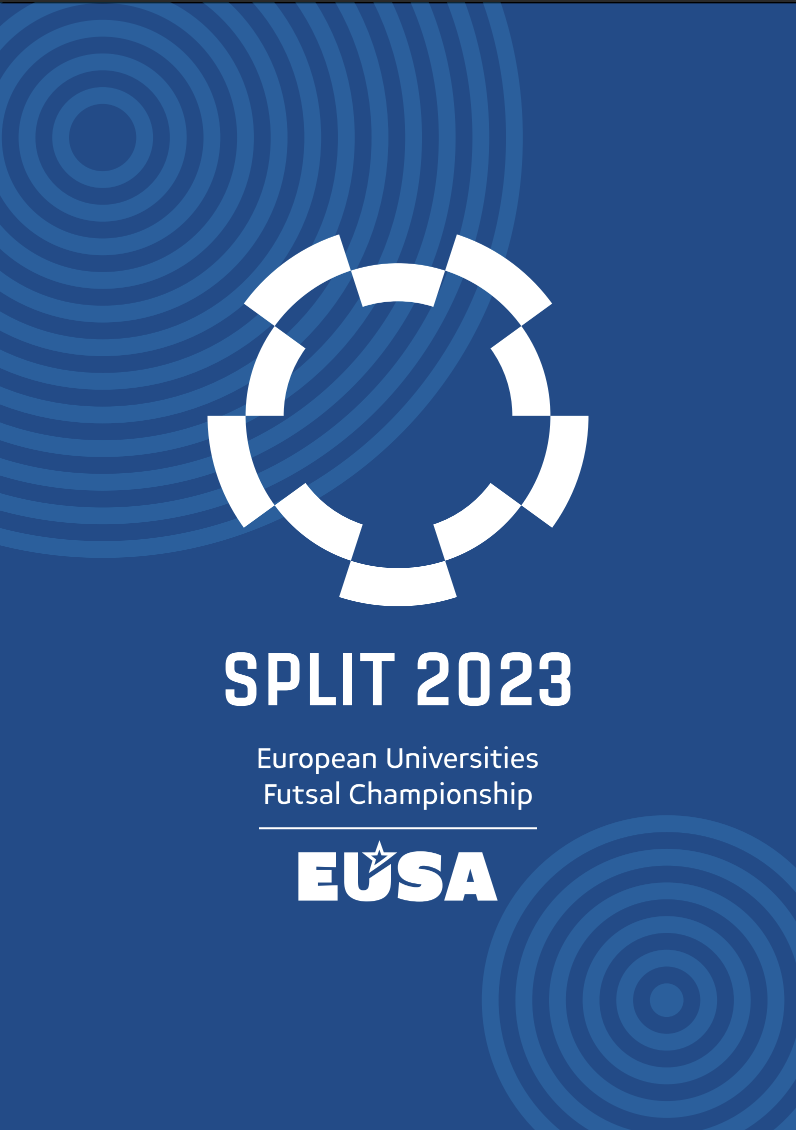We kindly request that all participants read the comprehensive general technical handbook provided below. This handbook contains all the important information you need to know to make the most of your experience.
If you have any questions or concerns while reading the handbook, please don't hesitate to reach out to our official communication channels. We are here to assist you every step of the way.
DOWNLOAD GENERAL HANDBOOK
CHAMPIONSHIPS IN NUMBERS:
-
13th European Universities Futsal Championship
-
100 matches
-
500 athletes
- 700 participants overall
-
27 European universities
-
17 European countries
-
3 competition courts (POLJUD - GRIPE)
-
15 000 volunteer hours
ORGANIZERS
-
Split University Sports Association / Splitski sveučilišni sportski savez - UniSport Split
-
European University Sports Association (EUSA)
-
Croatian Academic Sports Association
- University of Split
IMPORTANT DATES
- The Opening Ceremony will be held at 21h on July 19th at the Student campus Split (Cvite Fiskovića 3)
VENUES
- SC Poljud Hall (Osmih mediteranskih igara 21)
- Gripe Sports Centre (Osječka ulica 11)

